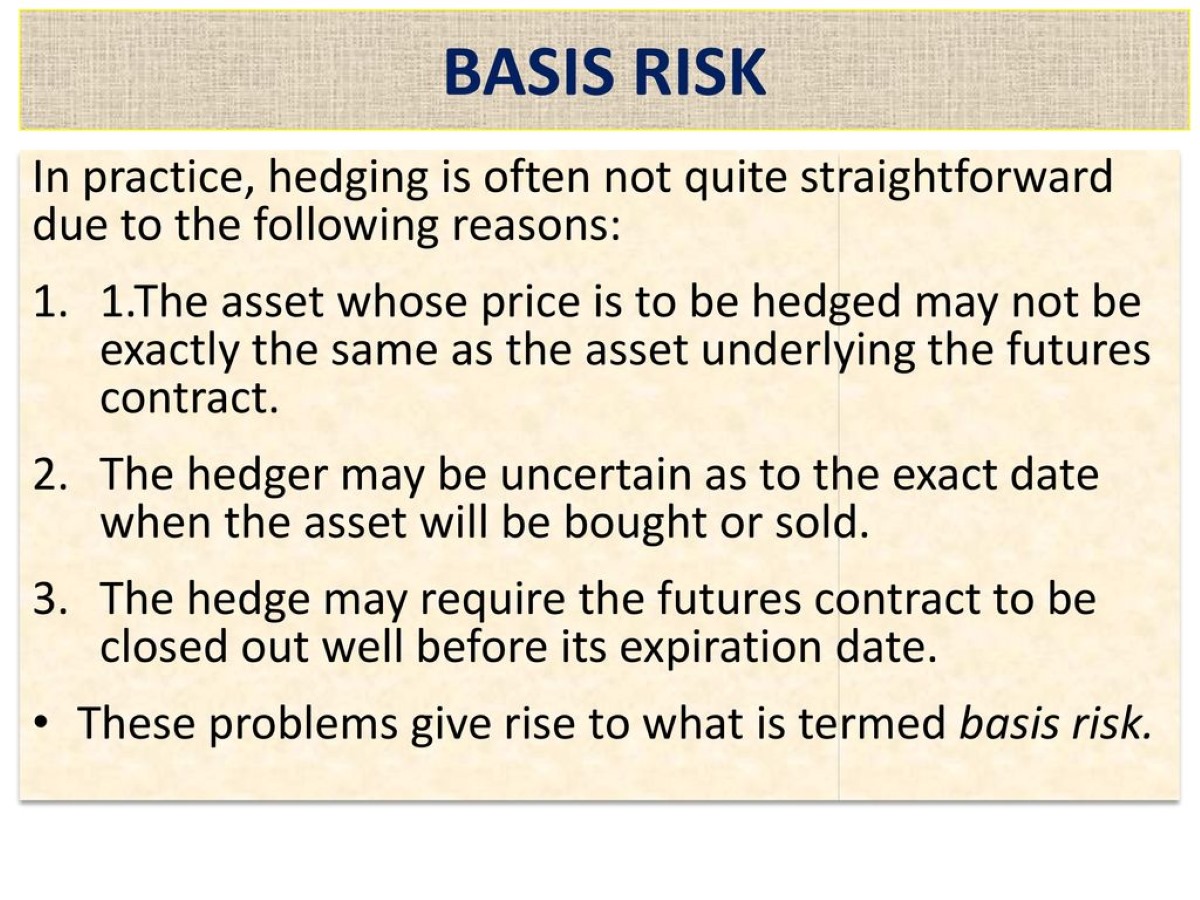Home>Finance>At-Risk Rules: Definition, Basis Calculation, Example


Finance
At-Risk Rules: Definition, Basis Calculation, Example
Modified: October 11, 2023
Learn the fundamentals of at-risk rules in finance, including the definition, basis calculation, and an example. Enhance your understanding of finance concepts with this comprehensive guide.
(Many of the links in this article redirect to a specific reviewed product. Your purchase of these products through affiliate links helps to generate commission for LiveWell, at no extra cost. Learn more)
Understanding At-Risk Rules in Finance
Have you ever wondered what at-risk rules are and how they are calculated in the world of finance? Well, you’ve come to the right place! In this article, we will walk you through the definition of at-risk rules, explain how they are calculated, and provide you with a helpful example to illustrate their application. So, let’s dive right in!
Key Takeaways:
- At-risk rules are important guidelines that determine the amount of financial risk a taxpayer is exposed to in an investment.
- Calculating the at-risk basis involves considering the taxpayer’s initial investment, any additional investments made, and any loans or debts associated with the investment.
Definition of At-Risk Rules
At-risk rules, commonly referred to as at-risk limitations, are provisions in the United States tax code that aim to prevent taxpayers from using losses from certain activities to offset income from unrelated sources. These rules apply to individuals, partnerships, S corporations, estates, and trusts.
The purpose of these rules is to determine the amount of financial risk a taxpayer is exposed to in an investment. By doing so, at-risk rules help ensure that taxpayers can only deduct losses up to the amount they have personally put at risk, rather than using losses to offset other income that is unrelated to the investment. This limitation helps prevent abuse of the tax code and promotes fairness in the tax system.
Calculation of At-Risk Basis
Calculating the at-risk basis is a crucial step in determining how much loss a taxpayer can deduct. Here’s a breakdown of the factors considered in this calculation:
- Initial Investment: The initial amount of money or property that the taxpayer contributes to the activity is the starting point for calculating the at-risk basis.
- Additional Investments: If the taxpayer makes additional cash or property contributions to the activity, those amounts are added to the at-risk basis.
- Loan Amounts: Any loans or debts associated with the activity are included in the calculation. However, it’s important to note that the taxpayer is only considered at risk for the portion of the loan they are personally liable for.
- Nonrecourse Loans: Nonrecourse loans are typically not considered at-risk for taxpayers, except for certain qualifying activities such as real estate investments.
After considering these factors, the at-risk basis is determined, which represents the amount a taxpayer can deduct from their income for losses associated with the investment activity.
Example of At-Risk Rules
Let’s take a hypothetical example to illustrate how at-risk rules work:
John invests $50,000 in a startup company, contributing his own money. Later, he decides to invest an additional $30,000 into the same company. Additionally, John takes out a loan of $20,000, for which he is personally liable.
Using the at-risk rules, we calculate John’s at-risk basis as follows:
- Initial Investment: $50,000
- Additional Investments: + $30,000
- Loan Amounts: + $20,000 (since he is personally liable)
- Nonrecourse Loans: $0
Based on this calculation, John’s total at-risk basis in the startup company is $100,000.
Now, if the startup company incurs losses, John can only deduct those losses up to the amount of his at-risk basis ($100,000 in this case). Any losses exceeding this amount cannot be claimed against his other income sources.
In Summary
At-risk rules are an important aspect of the tax code that prevents taxpayers from using losses from certain activities to offset unrelated income. By considering the initial investment, additional investments, loans, and nonrecourse loans, taxpayers can determine the at-risk basis and properly deduct losses within the limits set by these rules. Understanding at-risk rules is essential for individuals and entities engaging in investment activities to ensure compliance with tax regulations.














